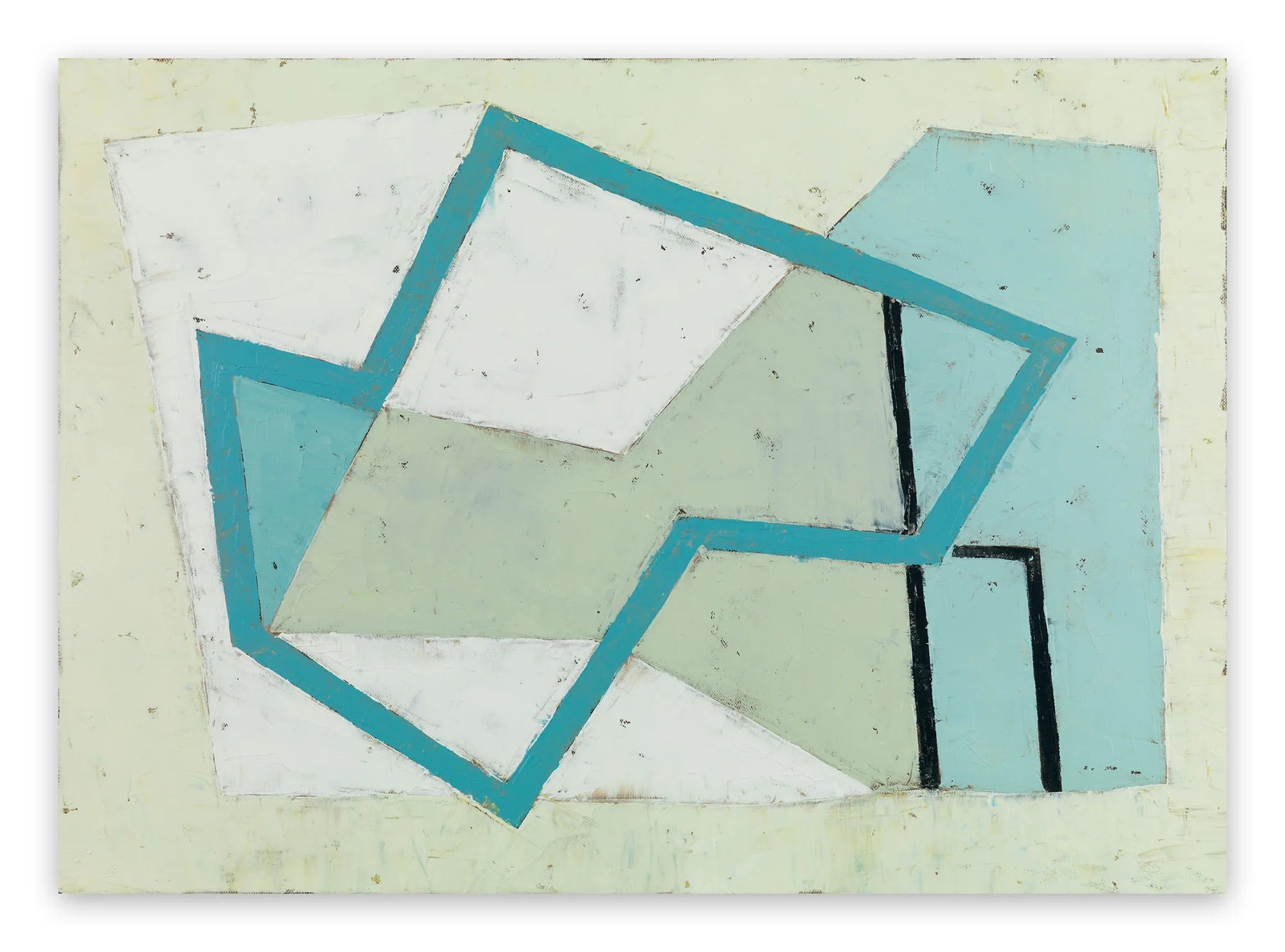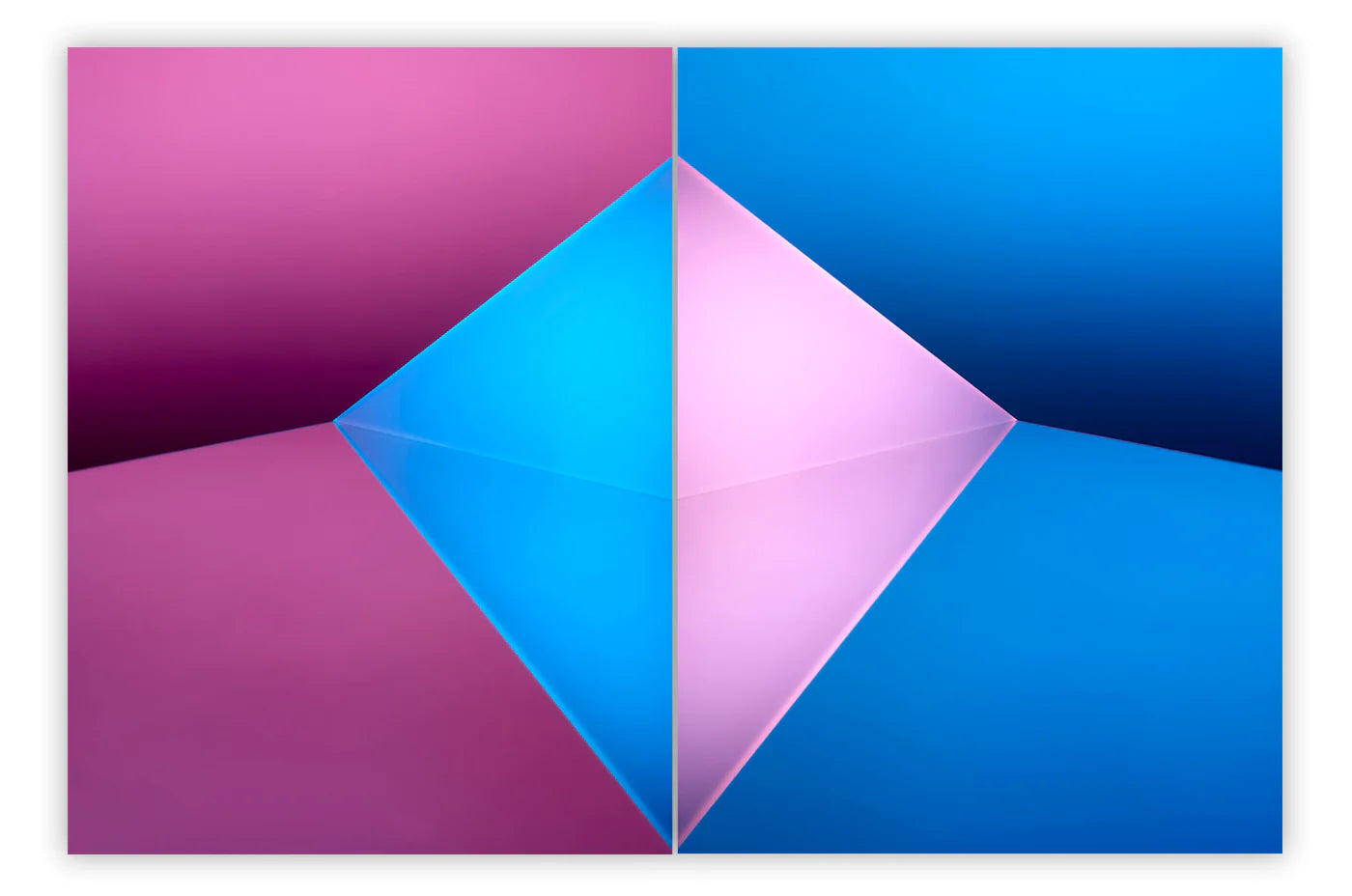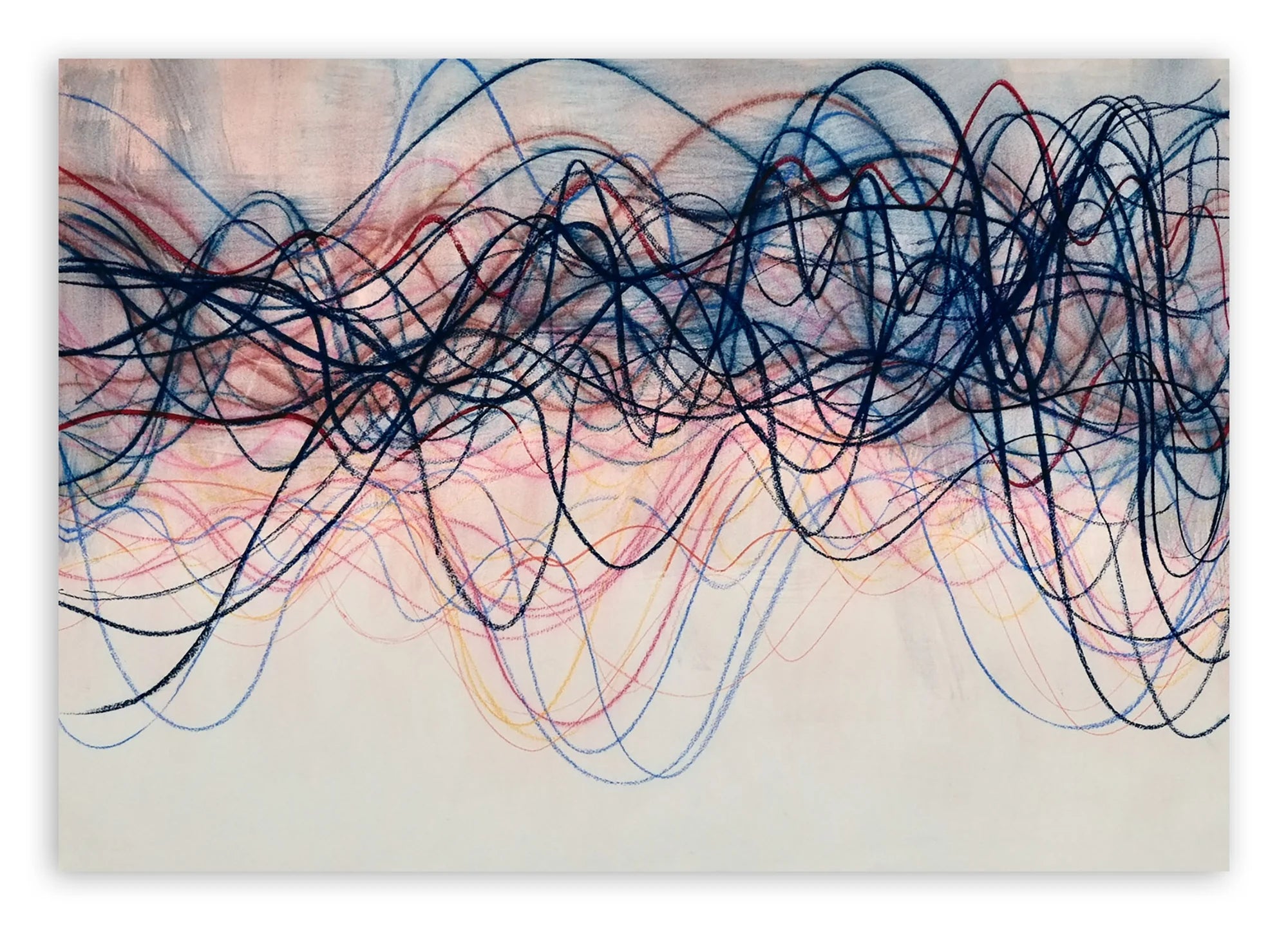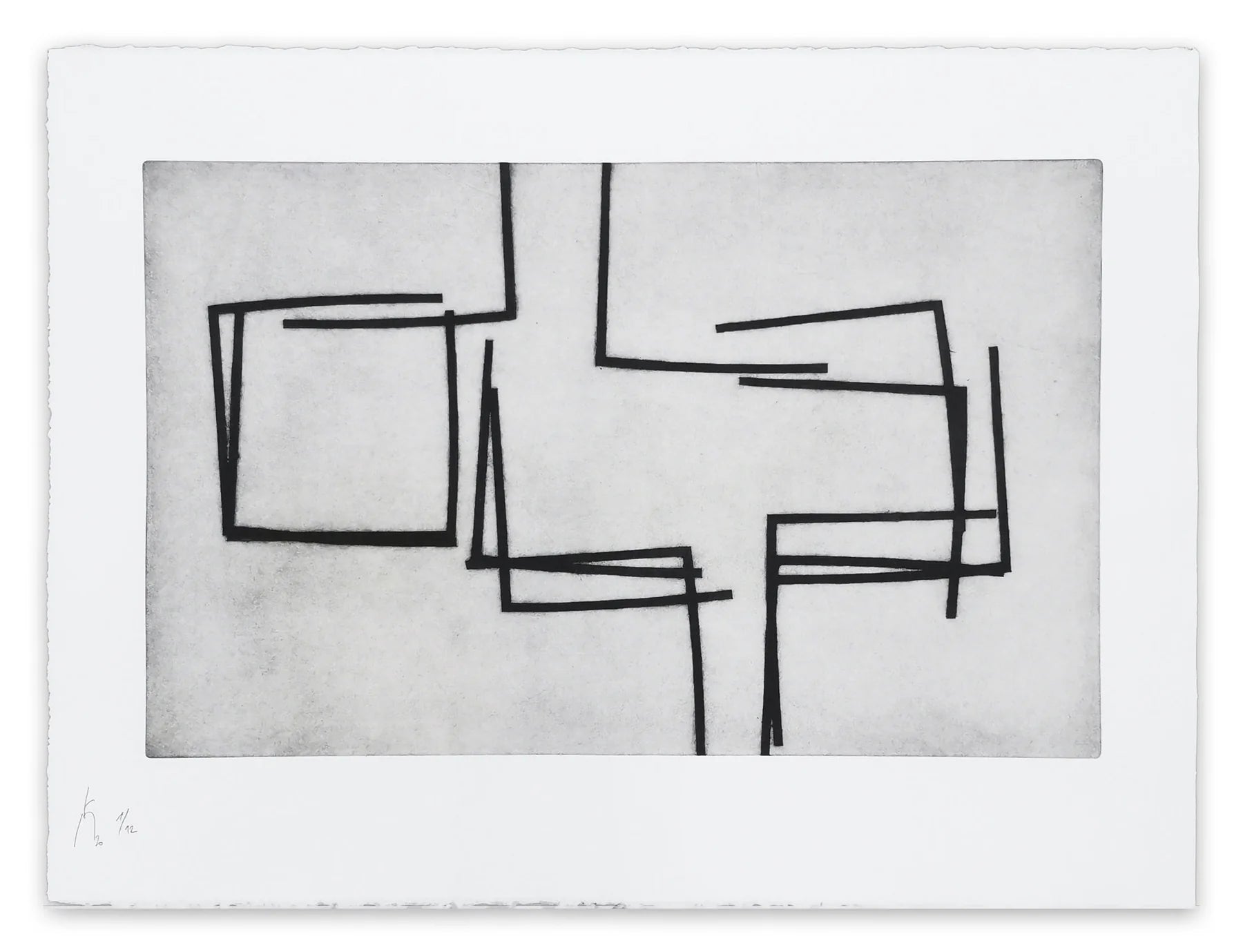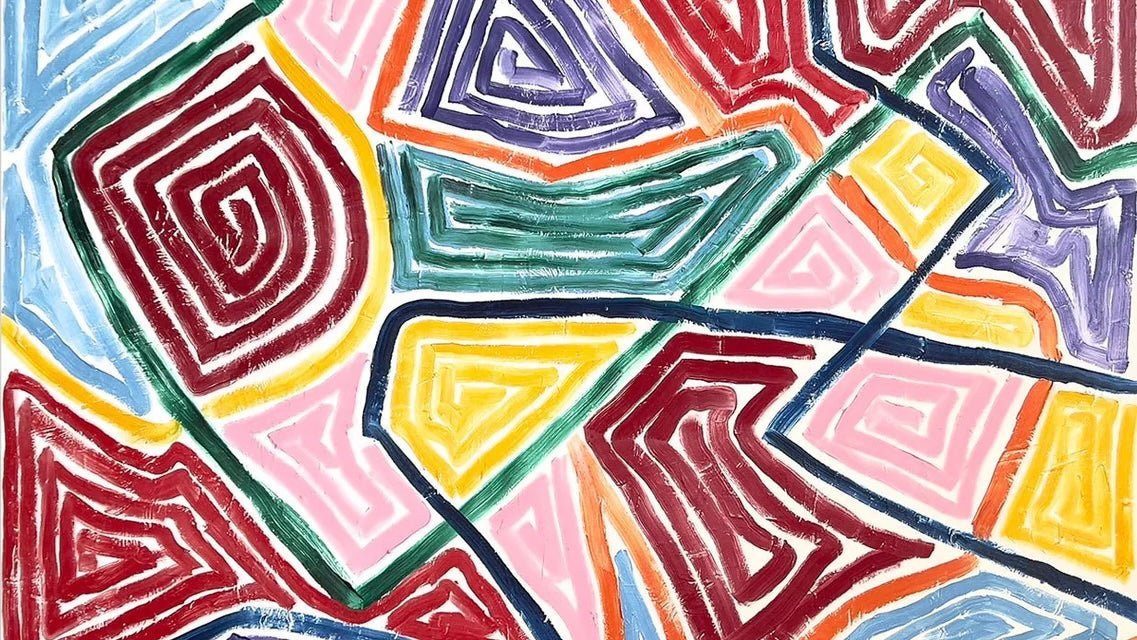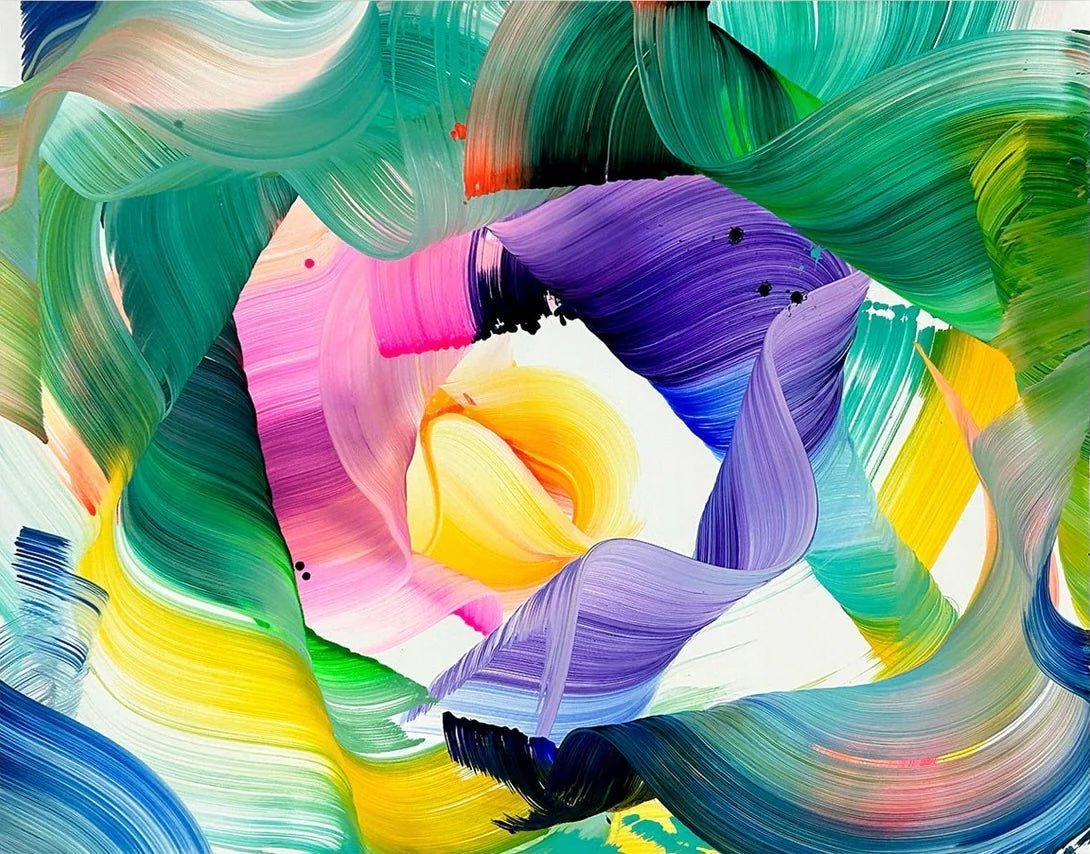
Abstract Art as a Style of Choice
“The past is never dead. It's not even past.”
-William Faulkner, Requiem for a Nun
The word contemporary refers to the now. But can we have multiple contemporaneties? Thanks to the legacy of artists like Joseph Beuys, who valued an artwork’s central idea over its stylistic manifestation, today’s artists feel free to engage in multi-disciplinary, cross-historical practice. They may paint with an abstract art style while simultaneously making Minimalist sculpture, shooting hyperrealist videos, and engaging in Expressionistic photography on social media. Contemporary artists don’t see history as a conveyor belt, where trends pass, never to be seen again. They see it as a database where anything that’s ever worked can be accessed at any time and brought to bear anew.
The Abstract Art Style(s)
When an artist chooses to work in the style of abstraction, there are generally two ways that artist might approach the process. The first way is to begin with something representational, and then to abstract it. For example, the artist may start with an image that’s representative of something that exists in the actual world, like a human face. The artist then distorts or otherwise obfuscates the face to such a degree that it becomes abstracted. A representation of this approach would be Picasso’s The Weeping Woman.
The second way the artist might create an abstract painting is to engage in pure abstraction. In this approach, the artist attempts to manifest imagery that does not in any way reference the existing visual world. In other words, the artist attempts to manifest an idea visually without utilizing existing visual language. A helpful analogy is to imagine a composer attempting to communicate the idea of innocence through a wordless song. An example of this type of abstract art would be Perfect Happiness, by the abstract painter Agnes Martin, who often attempted to communicate the idea of innocence through her work.

Agnes Martin - Perfect Happiness (from Innocent Love Series), 1999, © Lannan Foundation
Caution: Ideas at Play
When we fully consider an abstract painting, we encounter multiple concepts at play. We encounter the idea of painting, meaning the idea to spread medium onto a surface for aesthetic purposes. We encounter the artist’s idea for this particular painting, the aesthetic concept the artist arrived at for this image. We encounter the concept with which the artist was originally endowed, which led to the search for a communicative visual aesthetic. Finally, we encounter the idea behind the style in which the artist chose to work. Setting those other ideas aside for now, our question is why would an artist choose to work in the style of abstraction? There could be endless possible personal reasons. Maybe the artist feels compelled to communicate something beyond conventional visual language. Maybe the artist considers existing imagery to be limiting. Maybe the artist is uncertain what needs to be said, and hopes to arrive at the idea on a subconscious level through the process of making the work. Maybe there is a structural, or material-based concept at work, which would be confused or altered by the presence of recognizable forms.
 Pablo Picasso - The Weeping Woman, 1937, © Tate Modern
Pablo Picasso - The Weeping Woman, 1937, © Tate Modern
Abstraction’s Big Idea
Whatever an artist’s personal reasons are for working in the abstract art style, Abstraction itself possesses big ideas of its own. When Wassily Kandinsky painted the first purely abstract works, he did so with the goal of achieving liberty from aesthetic expectations. Abstraction allows artists not to be beholden by what can be communicated by traditional imagery. Abstraction invites artists to investigate what can be communicated simply by working with the building blocks of imagery, exploring the power and potential of color, line, form, space, light, technique and materiality. It challenges artists to explore the depths of the unconscious self and to communicate the questions they find there. Abstraction defends individuality by allowing an artist complete freedom to create something unique, something new, something shaped by personal physicality, inner vision, and the unexplored depths of primal being. That’s why artists choose to work in the abstract style. Abstraction allows artists to be themselves, and to be free.
 Wassily Kandinsky - first abstract watercolor, 1910, Musée National d'Art Moderne, Centre Georges Pompidou, Paris, France
Wassily Kandinsky - first abstract watercolor, 1910, Musée National d'Art Moderne, Centre Georges Pompidou, Paris, France
Featured image: Cy Twombly - detail of an artwork
All images used for illustrative purposes
By Phillip Barcio
